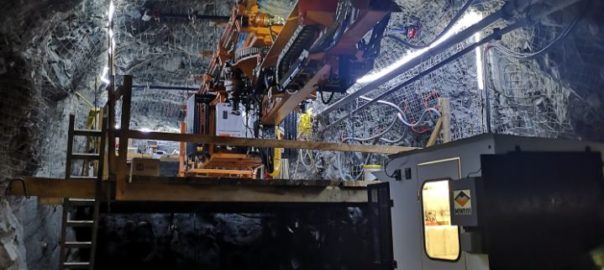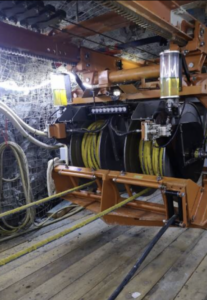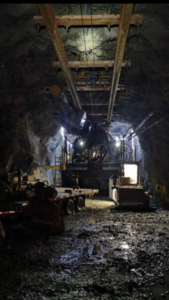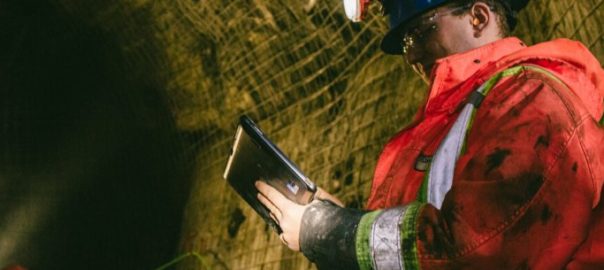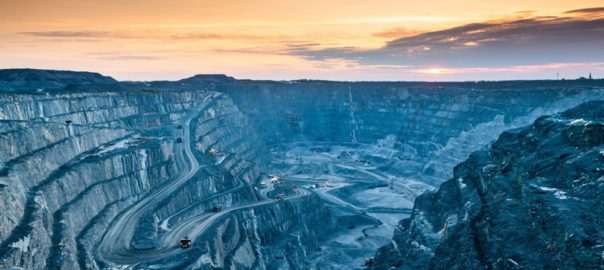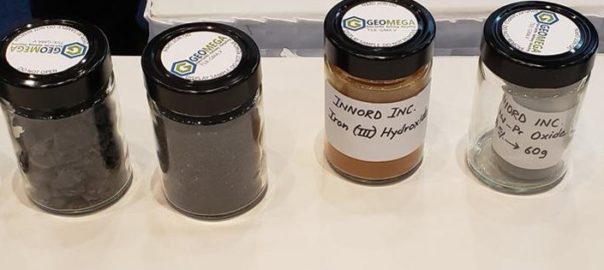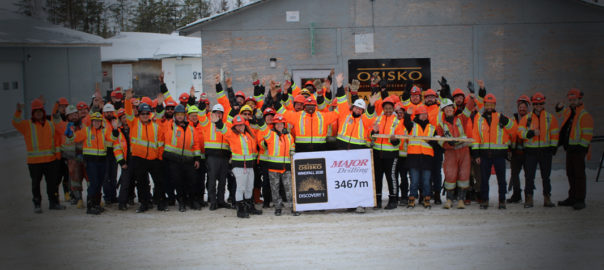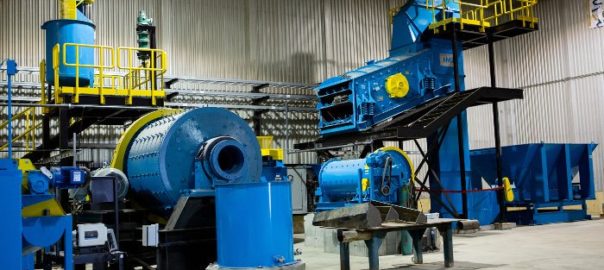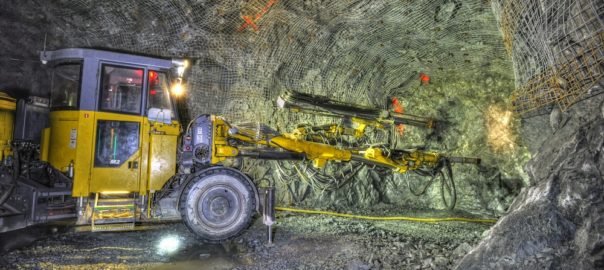RPMGlobal says its leading mining simulation product has brought Arianne Phosphate a step closer to bringing its Lac à Paul phosphate project in Quebec, Canada, into production after enabling the company to optimise key haulage routes for its development.
Arianne Phosphate selected RPMGlobal’s HAULSIM during its critical engineering study phase so it could evaluate several haulage scenarios and effectively link the Lac à Paul project in Quebec’s Saguenay-Lac-St-Jean region to port facilities 240 km away.
HAULSIM is a 4-D Discrete Event Simulation (DES) tool which enables the user to build a digital twin of any mining operation to evaluate different scenarios, fleet options, haulage routes, stockpile and dump placement and much more, according to RPMGlobal.
“The solution delivers an accurate representation of haulage operations within a mine site and provides capability to quantify the impact of changes,” the company said. “The model reflects the complex and dynamic nature of a mine site in its entirety; including the variability, interactions and dependencies that occur in these systems.”
Using HAULSIM, Arianne Phosphate was able to gather critical insights on the optimal operating conditions for the haulage routes within the Lac à Paul project, according to the company.
By modelling, analysing and enhancing different scenarios for the ideal haulage network, Arianne Phosphate now has confidence in its recommendation to invest capital in its mine to port haulage route with a clear view of predicted outcomes, RPMGlobal said.
Jean-Sébastien David, Chief Operating Officer of Arianne Phosphate, said: “RPMGlobal’s commitment to improving efficiency and value of our mining operations through cutting-edge solutions made the decision to select HAULSIM a natural one.”
He added: “Partnering with a global leader in the development of leading mining and haulage systems enabled us to demonstrate the attractive returns that the Lac à Paul project is set to generate.”
Arianne is looking to process 55,000 t/d of ore at Lac à Paul to produce 3 Mt/y of phosphate concentrate (apatite) over a 26-year mine life. Once development is complete, the project is set to consist of an open-pit mine, a concentration plant and deepwater port facilities.
Sandeep Sandhu, RPMGlobal Americas General Manger, said: “It has been great to work with a passionate company like Arianne Phosphate and it has been very rewarding to see our solutions making a valuable contribution towards advancing the Lac à Paul phosphate project.
“RPMGlobal has more than 40 years’ experience in mining and haulage systems and adds value at all stages of the mining value chain. We’re proud to be able to contribute to the Lac à Paul project and achieve results through the use of HAULSIM that will create positive social and economic impacts for all stakeholders.”








